How Russia is training a special ops force of aquatic mammals
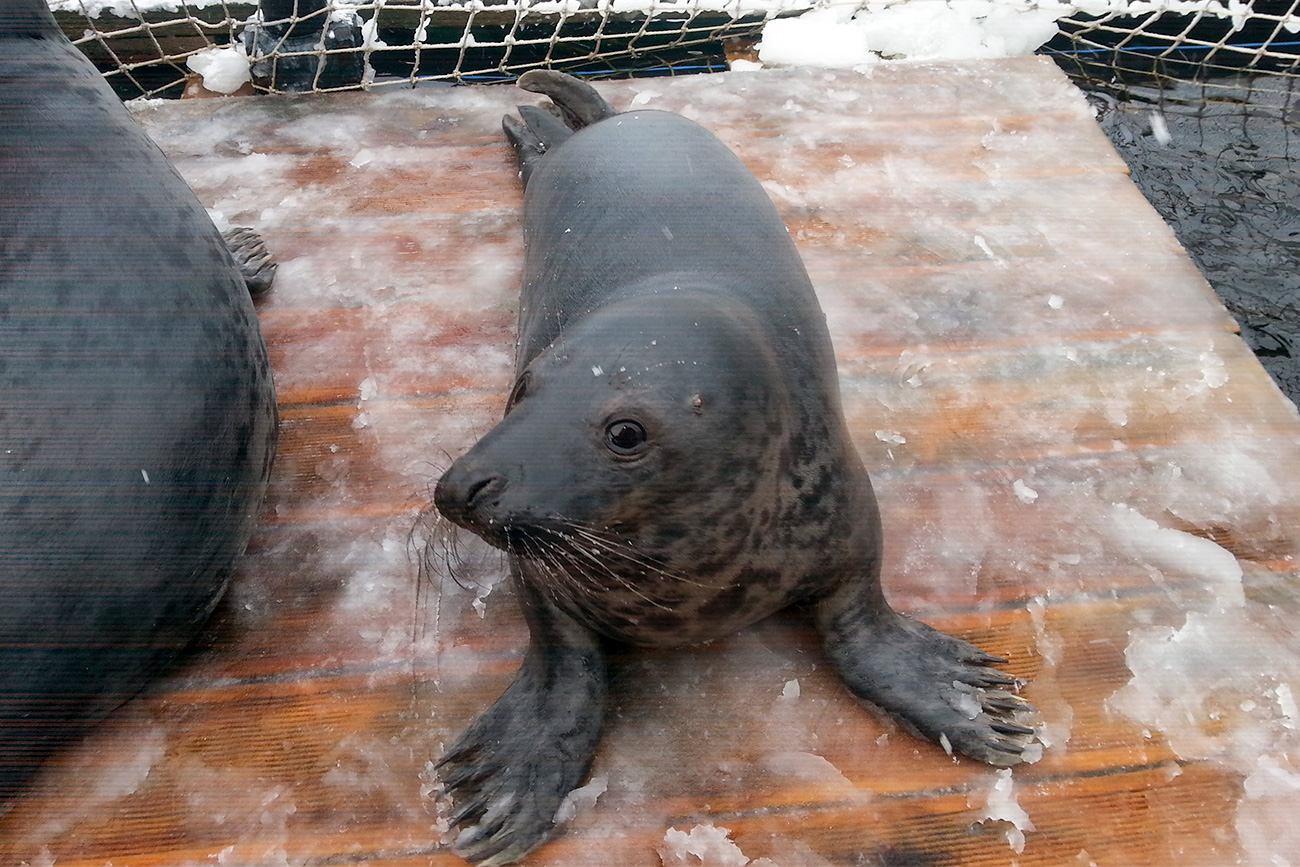
The training of marine mammals for military purposes has been taking place since Soviet times.
Murmansk marine biological instituteThe Russian Defense Ministry won't talk openly about this squad of super-killers. The subject is not discussed by the military and is treated as if it doesn't exist. But in Murmansk in northern Russia and in Sevastopol in Crimea there are two top-secret centers for the training of marine mammals: The Murmansk Marine Biological Institute and the Sevastopol Oceanarium.
Last year, a tender for the purchase of dolphins was announced on the State Purchases' website (without an official purchase order on this trading platform, the Defense Ministry, by law, cannot buy anything). As a result of the tender, the military acquired five bottlenose dolphins in August 2016 - two females and three males aged between three and five years. Each creature cost the military 350,000 rubles ($6,150).
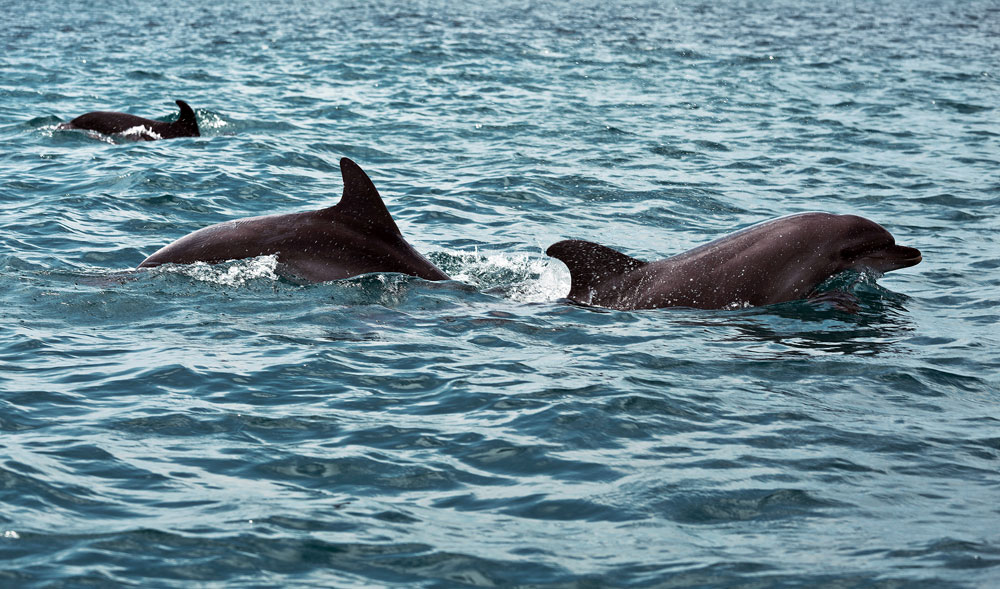 In Murmansk in northern Russia and in Sevastopol in Crimea there are two top-secret centers for the training of marine mammals. Source: Lori/Legion-Media
In Murmansk in northern Russia and in Sevastopol in Crimea there are two top-secret centers for the training of marine mammals. Source: Lori/Legion-Media
The training of marine mammals for military purposes has been taking place since Soviet times, Gennady Matishov, a staff member at the Southern Scientific Center of the Russian Academy of Sciences, told RBTH. Back then he developed programs for the training of marine mammals.
"Their main role is to protect the waters of the fleet's principal base against underwater saboteurs. For instance, the bottlenose dolphins 'graze' at the entrance of the bay and, on detecting an intruder, immediately signal to an operator at a coastal surveillance point. After that, in response to the relevant command, they're capable of killing an enemy on their own with a special dolphin muzzle with a spike," Matishov told RBTH.
In addition, the animals are trained to search for torpedoes, mines, and other sunken ammunition lying at depths of up to 120 meters.
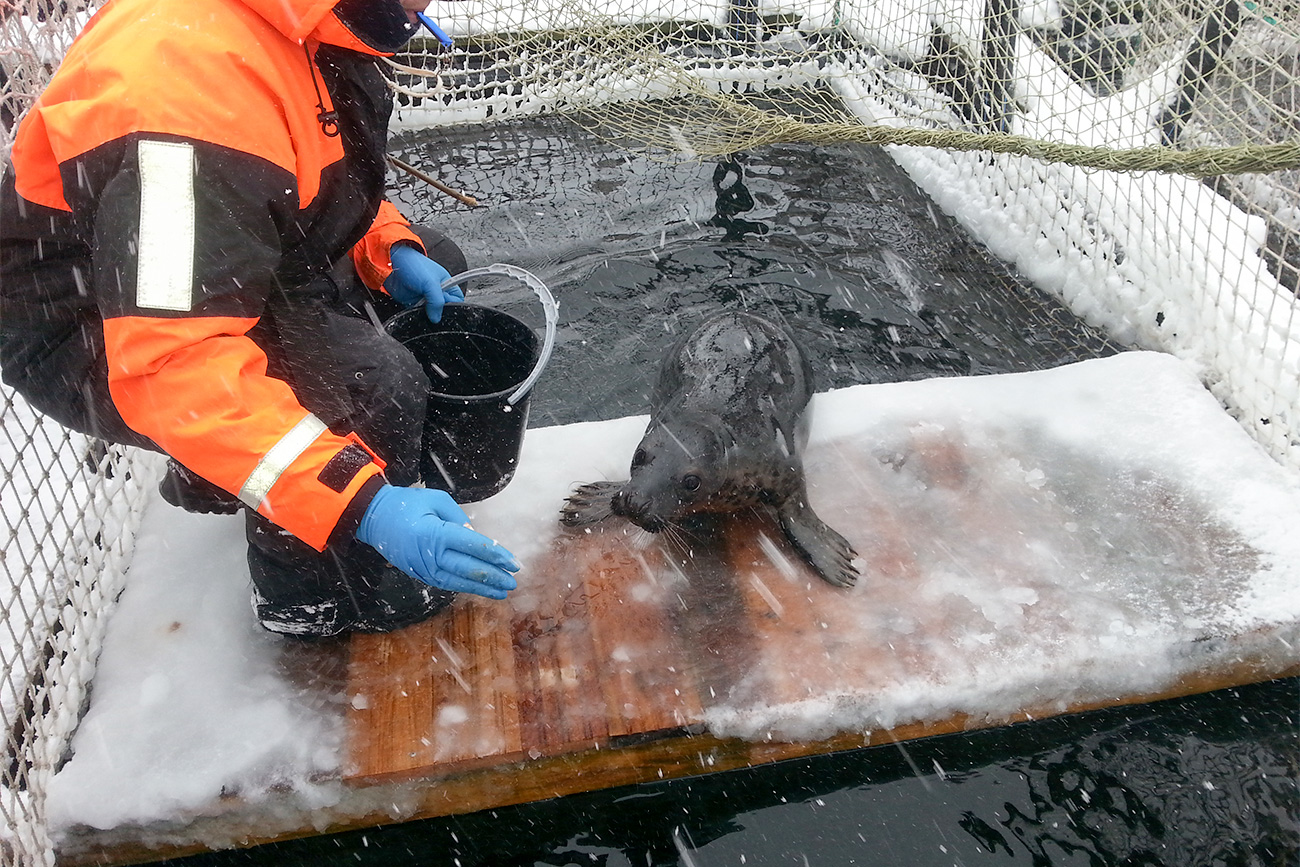 "Their main role is to protect the waters of the fleet's principal base against underwater saboteurs." Archive photo. Source: Murmansk marine biological institute
"Their main role is to protect the waters of the fleet's principal base against underwater saboteurs." Archive photo. Source: Murmansk marine biological institute
How the idea of training dolphins was born
The developer of the Topol-M, Yars, and Bulava strategic missiles, Valentin Smirnov, told RBTH that in the 1980s during tests of the Medvedka anti-submarine system, the designers "mislaid" one of the torpedo-missiles. Instead of rising to the surface in the area of the putative target along with all of its telemetric equipment, the object sank.
Divers failed to locate it among a mass of underwater debris and similar-looking objects on the seabed at the naval test range. The newly-developed weapon could not just be abandoned on the bottom because the designers would be held accountable by the military. Then one of the sailors suggested calling the oceanarium.
Smirnov recalls in his memoirs that many people laughed at such a suggestion. But the situation was desperate, and the designers decided to give it a go. Much to their surprise, a dolphin found the sunken torpedo in a matter of minutes and even attached a hoisting cable to it.
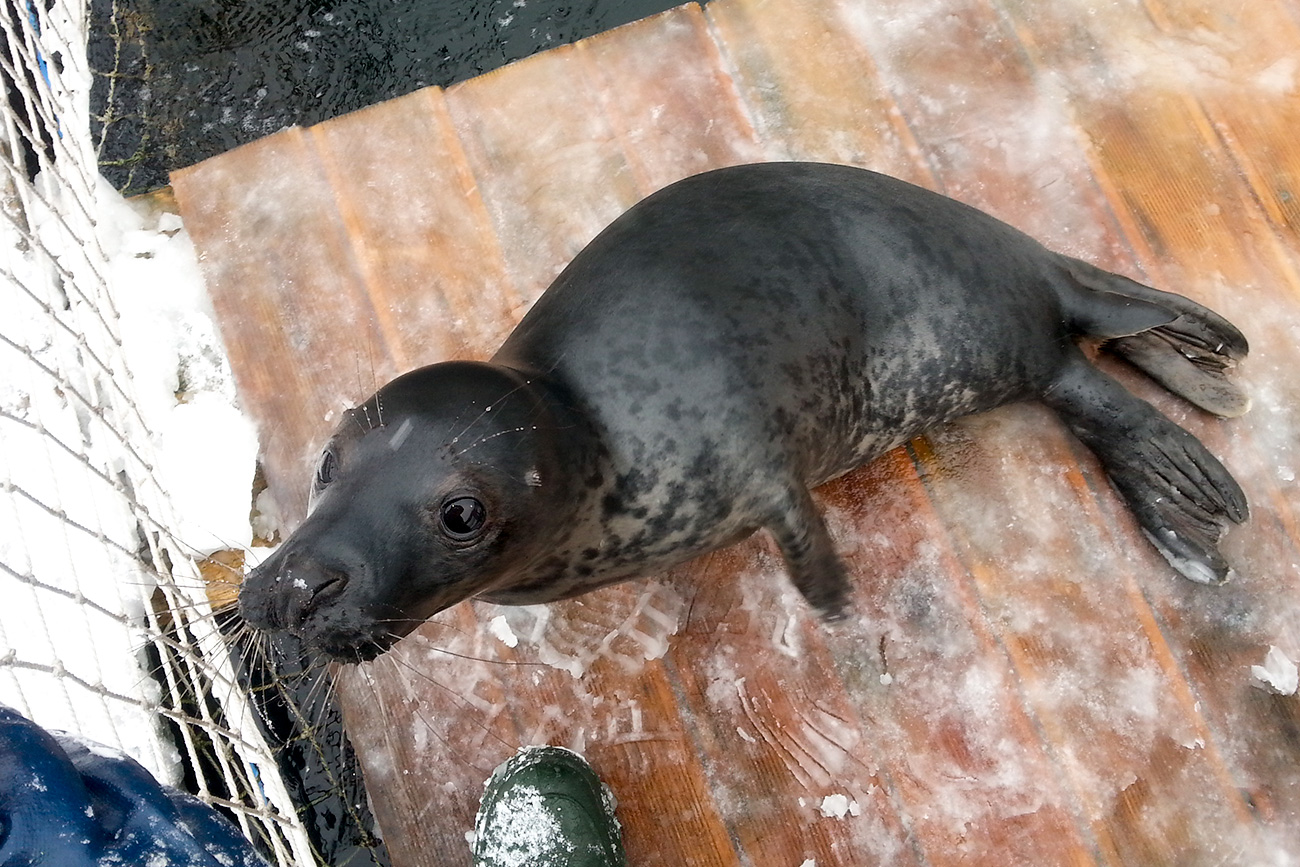 Beluga whales proved unsuited for service in the waters of the country's Northern Fleet. As a result, the military gave up on them and concentrated entirely on seals. Archive photo. Source: Murmansk marine biological institute
Beluga whales proved unsuited for service in the waters of the country's Northern Fleet. As a result, the military gave up on them and concentrated entirely on seals. Archive photo. Source: Murmansk marine biological institute
Subsequently bottlenose dolphins were trained for airdrops from helicopters, becoming real special forces that could be sent in to any location to perform military missions. But the program was shelved in 1991 after the collapse of the Soviet Union.
What animals does the navy work with today?
Initially the focus was not only on dolphins, but also beluga whales with their sensitive echolocation capabilities.
The naval command's idea was to deploy beluga whales at entrances to bays as sentries. If they detected an enemy, they were to signal their discovery to a handler, who was to release killer seals from their cages.
But the USSR had no equipment capable of relaying the precise situation at the bottom of the ocean in real time, and the beluga whales proved unsuited for service in the waters of the country's Northern Fleet. As a result, the military gave up on them and concentrated entirely on seals.
The training of seals, including ringed and bearded seals, mainly involves the detection of mines and lifting of objects from the seabed. According to Matishov, it’s sufficient to show the animal any given object and it will find it.
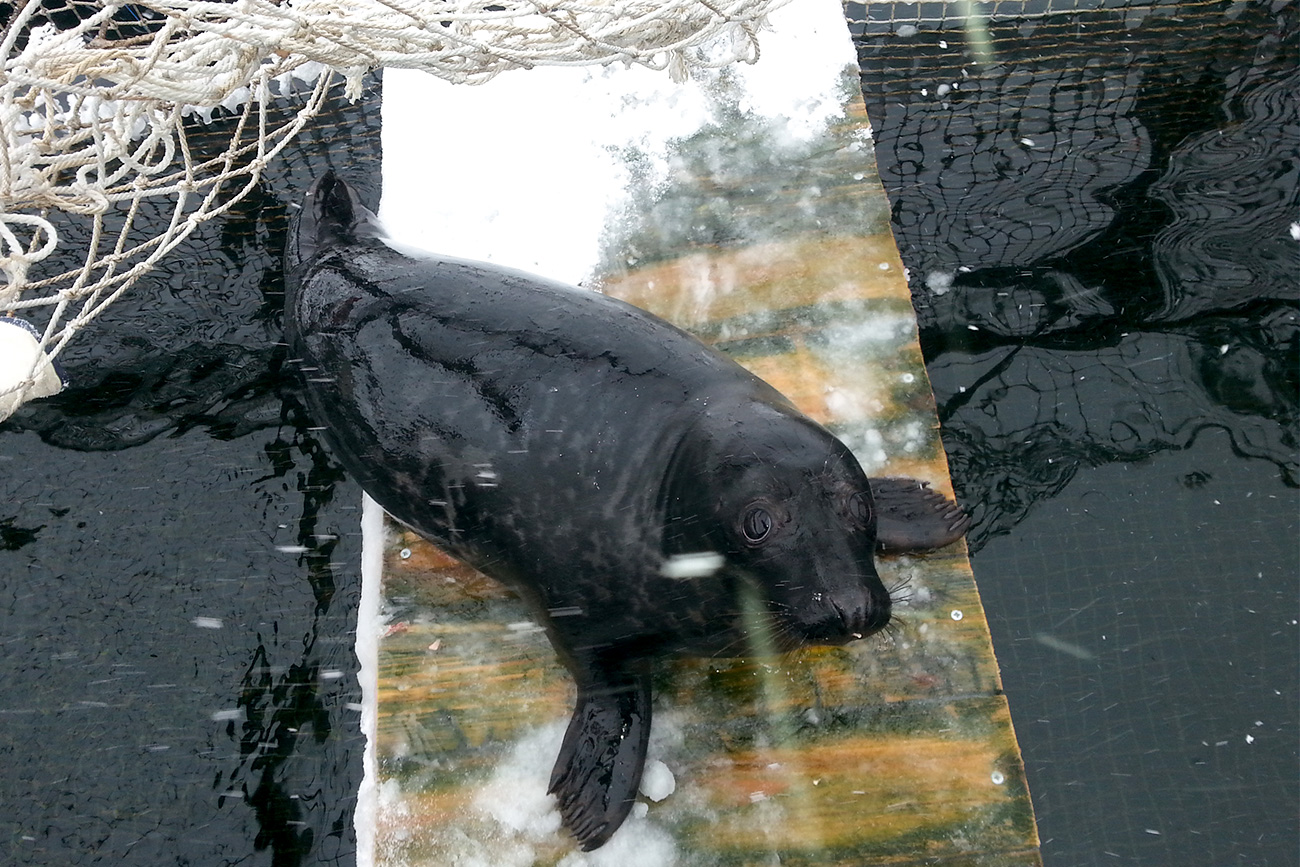 The naval command's idea was to deploy beluga whales at entrances to bays as sentries. If they detected an enemy, they were to signal their discovery to a handler, who was to release killer seals from their cages. Archive photo. Source: Murmansk marine biological institute
The naval command's idea was to deploy beluga whales at entrances to bays as sentries. If they detected an enemy, they were to signal their discovery to a handler, who was to release killer seals from their cages. Archive photo. Source: Murmansk marine biological institute
"They also work very well in conjunction with divers - at the very least, they can fetch and carry tools and also protect their master against attack by marine commandos," the expert added.
Matishov recalls an amusing incident that occurred during the first counter-sabotage exercise in the Northern Fleet with the involvement of seals.
"Marine commandos were ordered to infiltrate a submarine base unnoticed and mine the vessels. But we did not warn the lads whom they would be up against. Literally a few minutes after the handlers opened the cage doors and the seals shot off into the bay, all the commandos returned to the surface and tried to make off for all they were worth," recalls the developer of marine mammal training programs.
He says the main problem in training our animal friends is what can be termed the "animal factor."
"They always remain animals. And whenever a seal goes hunting or detects a female, no-one can guarantee that our 'flippered commandos' will return to base," the expert concluded.
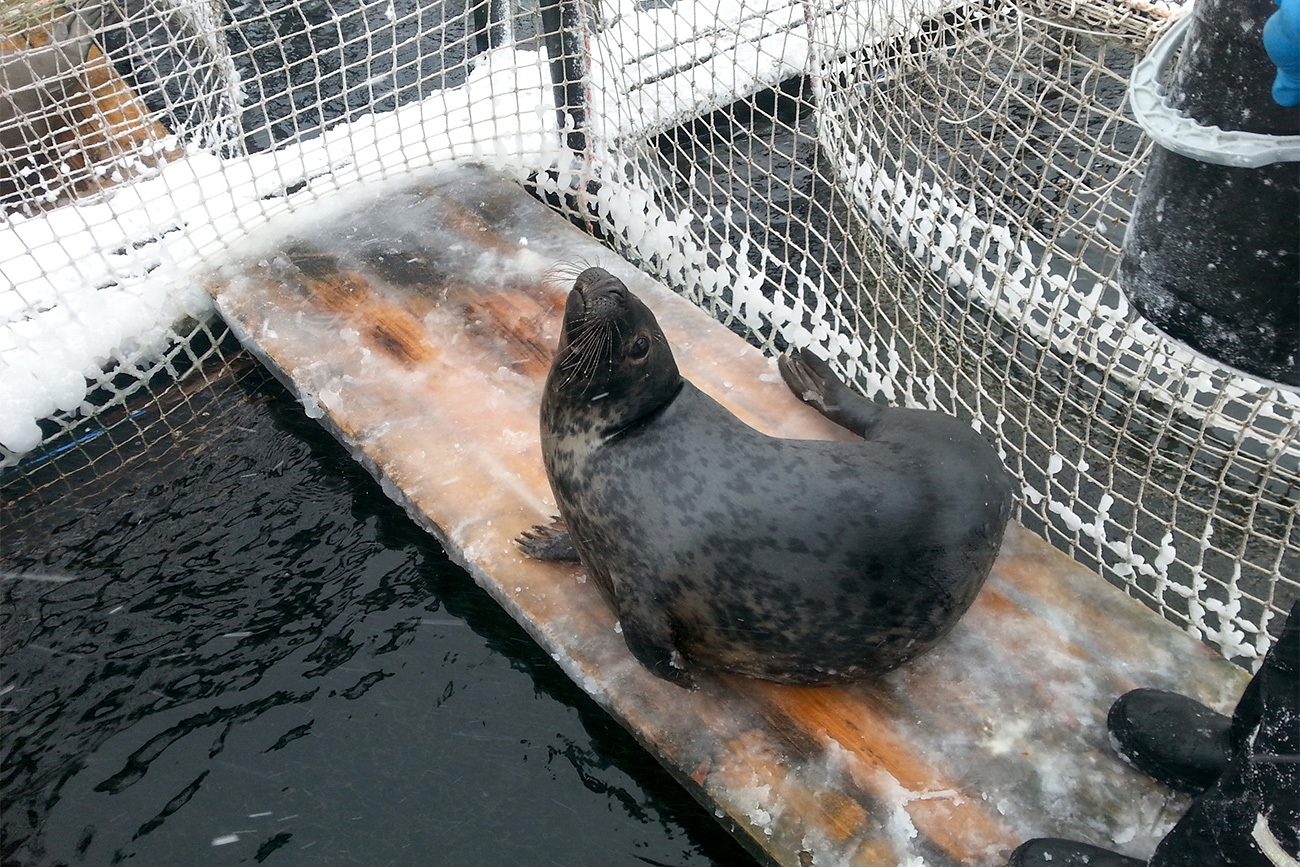 Expert: "They always remain animals. And whenever a seal goes hunting or detects a female, no-one can guarantee that our 'flippered commandos' will return to base." Archive photo. Source: Murmansk marine biological institute
Expert: "They always remain animals. And whenever a seal goes hunting or detects a female, no-one can guarantee that our 'flippered commandos' will return to base." Archive photo. Source: Murmansk marine biological institute
Read more: Learning 'dolphinese' can help people speak with aliens>>>
If using any of Russia Beyond's content, partly or in full, always provide an active hyperlink to the original material.
Subscribe
to our newsletter!
Get the week's best stories straight to your inbox